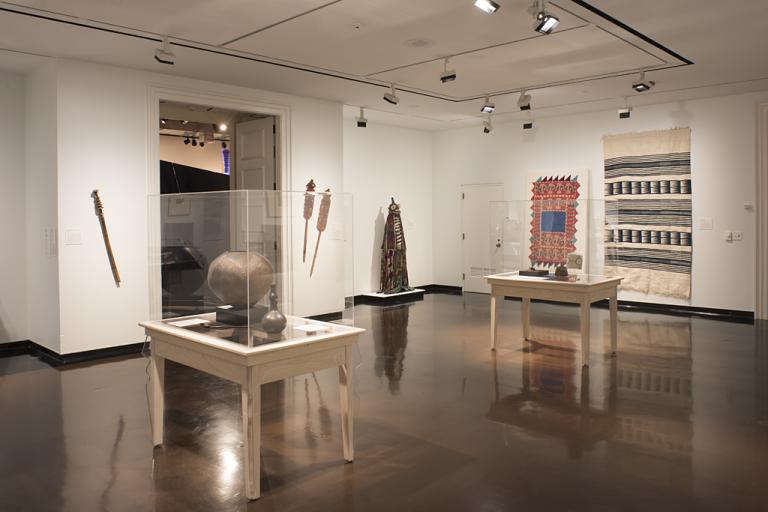Esapa Korina (horse covering), unrecorded Nupe artist
Artwork Overview
unrecorded Nupe artist, artist
Esapa Korina (horse covering),
circa 1980
Where object was made: Kano, Nigeria made in Bida, Nigeria
Material/technique: cotton; dyeing; appliqué; quilting; embroidering
Dimensions:
Object Length/Width (Length x Width): 167 x 97 cm
Object Length/Width (Length x Width): 38 3/16 x 65 3/4 in
Object Length/Width (Length x Width): 167 x 97 cm
Object Length/Width (Length x Width): 38 3/16 x 65 3/4 in
Credit line: Gift of Dr. Beverly Mack
Accession number: 2017.0062
Not on display
If you wish to reproduce this image, please submit an image request




